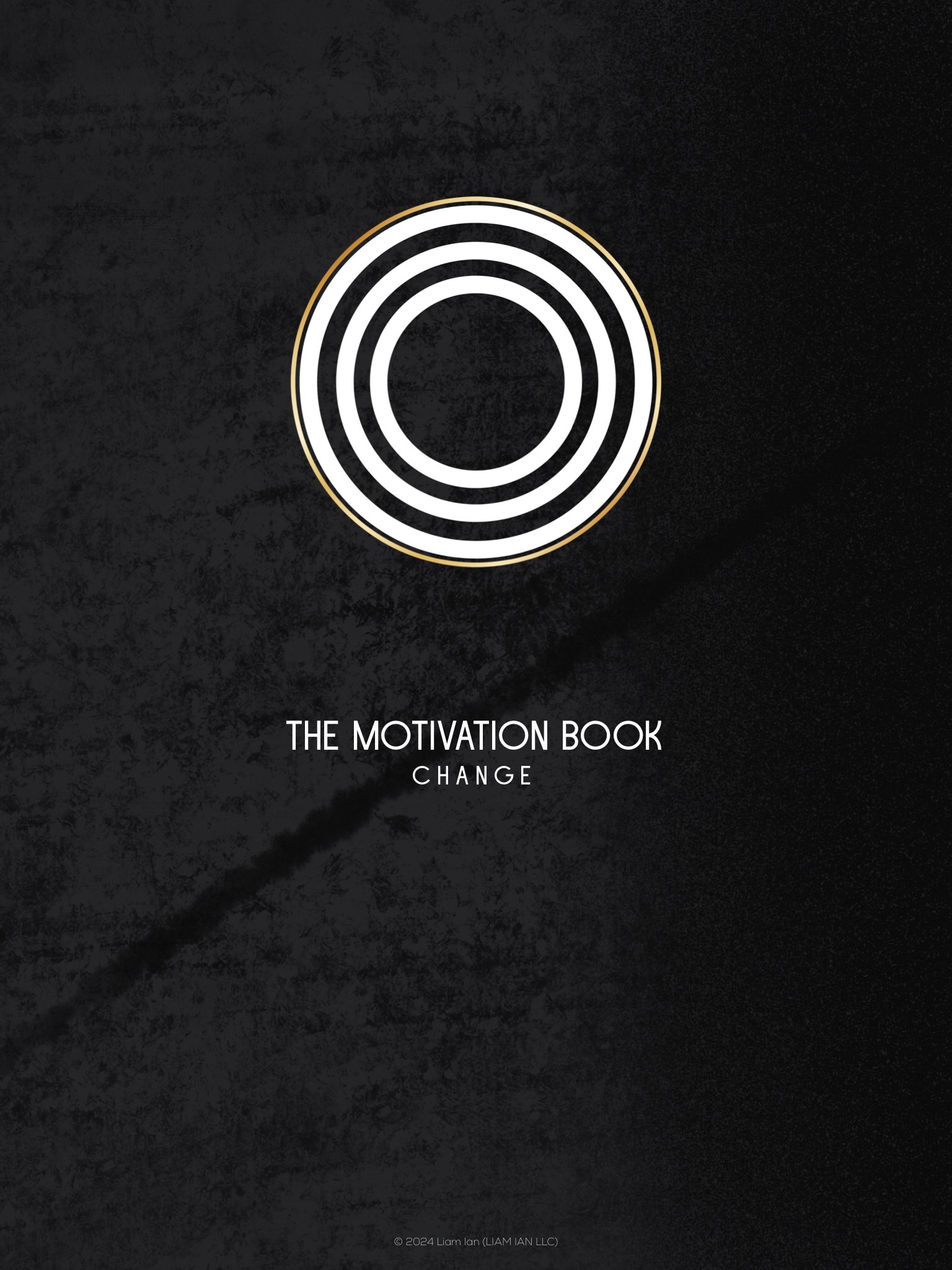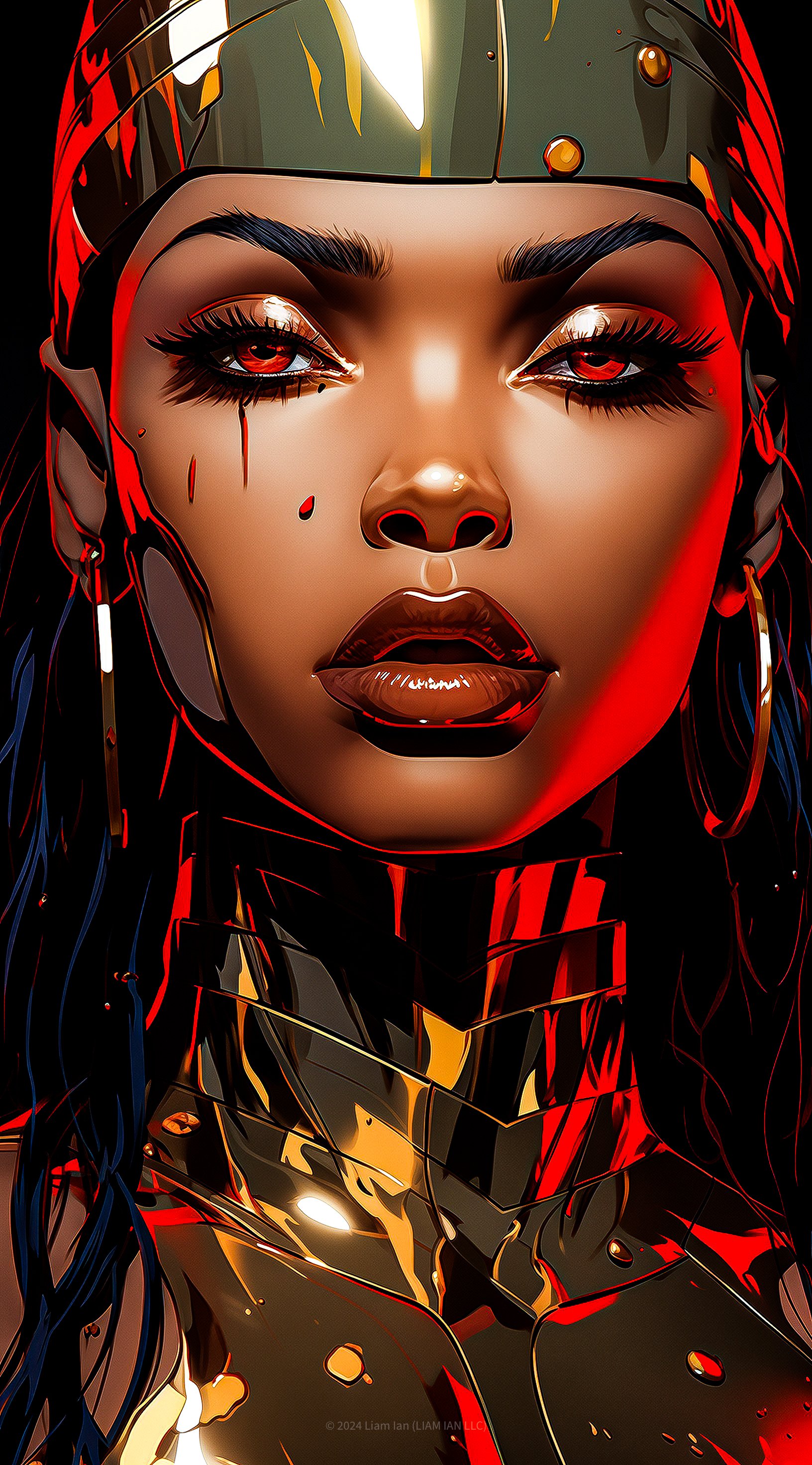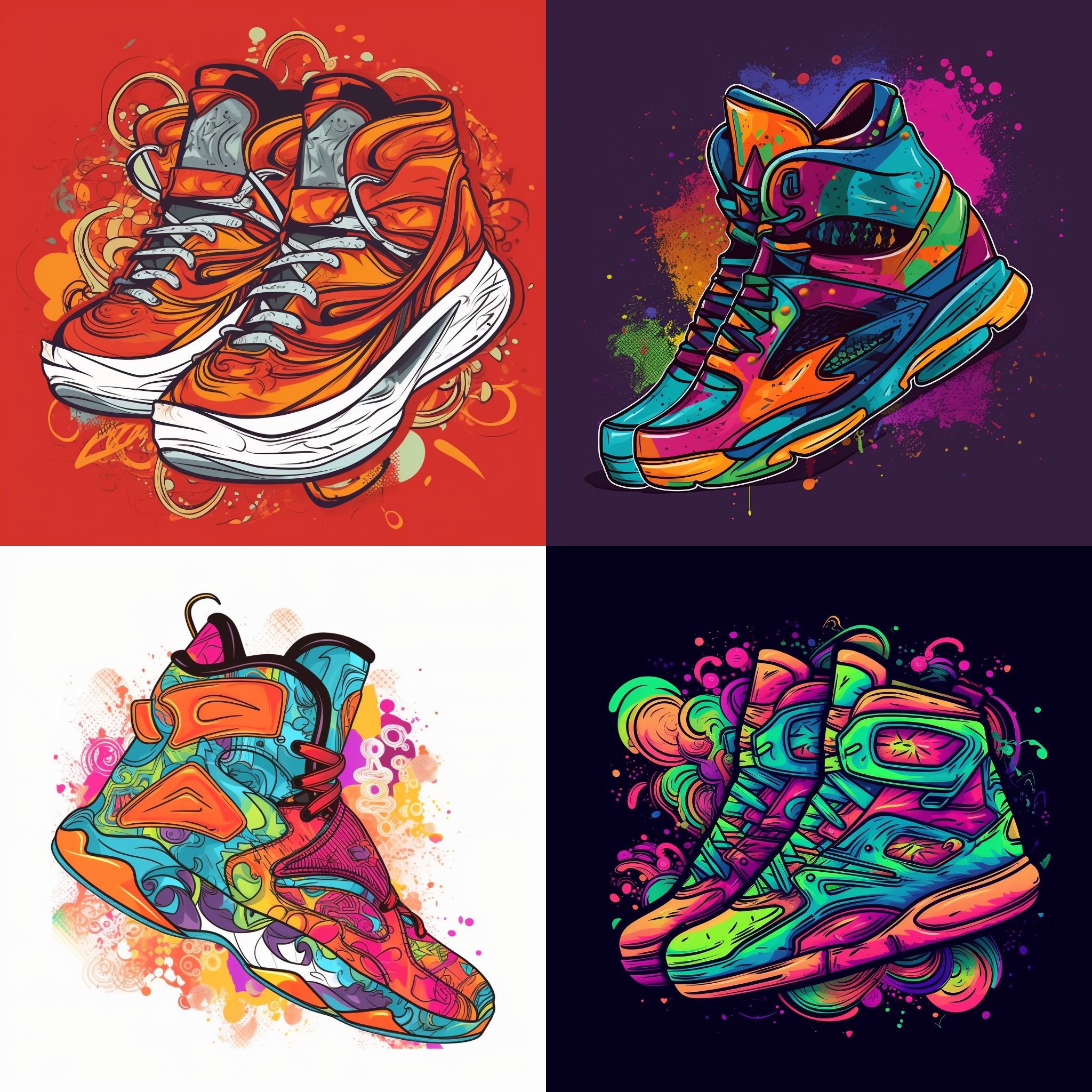Artificial Intelligence (AI) is transcending boundaries and making a profound impact on various industries, including the art world. In recent years, AI has emerged as a powerful tool for artists and designers, opening new horizons of creativity and artistic expression. In this blog post, we'll explore how AI is revolutionizing the art scene, from generative art to AI-enhanced creativity.
Generative Art: Redefining the Creative Process
Generative art is a genre of art that relies on algorithms and computational processes to create unique pieces of artwork. AI-driven algorithms, often referred to as "neural networks," can generate stunning visual and audio compositions. These algorithms analyze vast datasets and patterns, allowing them to produce art that is both innovative and captivating.
One of the most famous examples of generative art is the "DeepDream" algorithm developed by Google. DeepDream takes ordinary images and transforms them into surreal, dream-like creations. Artists have embraced this technology to infuse their work with a touch of the unexpected and imaginative.
AI-Enhanced Creativity: A Collaborative Approach
AI is not just about machines creating art independently. It's also about collaboration between human artists and AI-powered tools. Creative software like Adobe's "Sensei" and AI-enhanced design platforms empower artists and designers to push the boundaries of their own creativity.
These tools can assist artists in various ways:
Suggesting color palettes and design elements.
Enhancing photo retouching and manipulation.
Generating complex patterns and textures.
Automating repetitive tasks, allowing artists to focus on the conceptual aspects of their work.
The Intersection of Art and Technology
The fusion of art and technology has given rise to groundbreaking interactive installations, digital sculptures, and virtual reality experiences. Artists are using AI to create immersive and thought-provoking art installations that engage viewers in unique and meaningful ways.
For example, the use of AI in generative music has enabled the creation of endless, ever-evolving soundscapes that respond to the viewer's presence or emotions. This dynamic interaction between the audience and the artwork blurs the line between creator and observer.

































